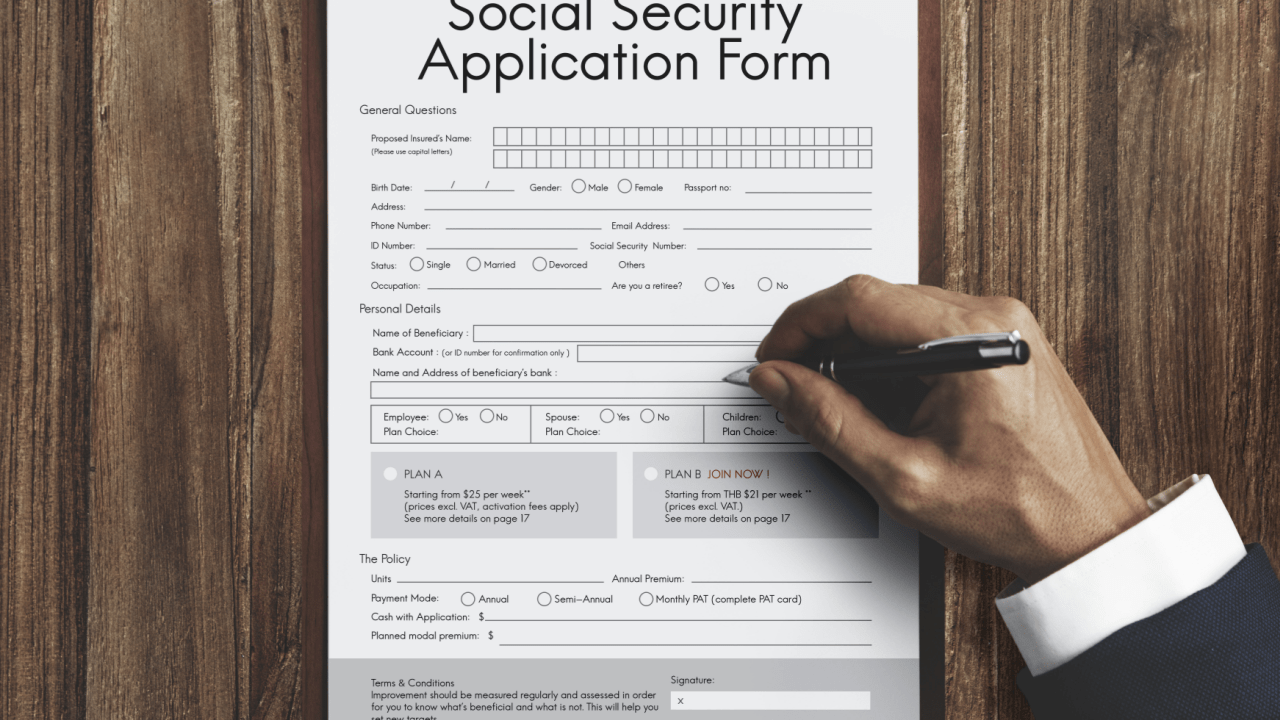
What Is the Wait Time for SSDI? Your Complete Guide
What is the wait time for SSDI applications currently?
What is the wait time for SSDI? Currently, applicants face an average wait time of 7 to 7.5 months for initial Social Security Disability Insurance decisions in 2025. This represents a significant increase from pre-pandemic processing times. Understanding these delays helps applicants prepare financially and emotionally during the application process.
The Social Security Administration has experienced unprecedented backlogs that directly impact how long disability applicants must wait for crucial benefit decisions. These extended timelines affect millions of Americans who depend on SSDI for essential financial support.
Wait Time Trends: Current SSDI Processing Times and Trends
What is the wait time for SSDI has become a pressing concern as processing times have increased 86% since 2019. Recent data shows several key timeframes:
Initial Application Processing
- Average processing time: 225-231 days (7-7.5 months)
- Range varies from 3-8 months depending on case complexity
- Pre-pandemic processing was 110-120 days (about 4 months)
Appeal Processing Times
- Reconsideration appeals: approximately 7 months additional wait time
- Administrative Law Judge hearings: 7.9 months average nationwide
- Complete appeal process can extend 6 months to 2 years
What is the wait time for SSDI continues to fluctuate, with November 2023 data showing wait times at their highest point in 14 years. The Social Security Administration acknowledges these delays as “unacceptable” and causing significant financial hardship for vulnerable populations.
Delay Cause Analysis: Factors Contributing to Extended SSDI Wait Times
Several interconnected factors explain what is the wait time for SSDI and why it has increased dramatically:
Pandemic-Related Impacts
COVID-19 shutdowns created massive backlogs, with 1.15 million initial applications pending by November 2023. Even though fewer people applied during the pandemic, processing capabilities were severely reduced.
Staffing Challenges
- SSA faces its lowest staffing levels in 25 years
- State Disability Determination Services offices struggle with hiring and retention
- The agency has deployed 300 federal employees to help process claims
Case Complexity
- Medical evidence gathering delays
- Additional consultative examinations may be required
- Quality assurance reviews can extend processing times
Payment Timing Details: What is the wait time for SSDI benefits to actually begin?
Understanding what is the wait time for SSDI involves two distinct waiting periods. Even after approval, there’s typically a five-month waiting period before benefits begin, with payments starting in the sixth month after disability onset.
The Five-Month Waiting Period
- This waiting period has existed since SSDI began in the 1950s
- Designed to ensure lasting disabilities rather than temporary conditions
- Exception: No waiting period for ALS-related disabilities approved after July 23, 2020
Retroactive Benefits
Security can pay retroactive SSDI for up to 12 months prior to application filing if you were qualified before applying. This can help offset some financial hardship from extended processing times.
Location-Based Differences: Regional Variations in SSDI Wait Times
What is the wait time for SSDI varies significantly by location. States with shortest hearing wait times include Alabama, Florida, Kentucky, Mississippi, Nebraska, North Carolina, and South Carolina, while 11 states require average waits of at least nine months.
State-level Disability Determination Services offices process applications independently, creating disparities in processing efficiency across the country.
Delay Navigation Tips: Strategies to Navigate SSDI Wait Times
While applicants cannot control what is the wait time for SSDI, several strategies can help:
- Submit Complete Applications: Include all medical records and work history upfront
- Maintain Medical Treatment: Continue documenting your condition throughout the process
- Consider Professional Help: Having a disability lawyer triples your chances of winning at hearing
- Stay Informed: Monitor your case status through your my Social Security account
- Prepare Financially: Plan for extended periods without SSDI income
Approval Rate Insight: Understanding SSDI Approval Rates and Appeals
Approximately 62% of initial SSDI applications are denied nationwide. However, appeals have much higher success rates, with 54% of applicants winning benefits at the hearing level. Understanding these statistics helps set realistic expectations about what is the wait time for SSDI approval.
The appeals process, while lengthy, often proves worthwhile for applicants with legitimate disability claims.
Looking Ahead: What is the wait time for SSDI improving?
The SSA received increased funding in recent budgets, with proposals for $15.4 billion in fiscal 2025 representing an 8.5% boost. Officials expect gradual improvements as they hire and train new staff, though they warn wait times may worsen before improving.
Technology modernization and policy simplification efforts are underway, but substantial improvements require sustained congressional funding and time for staff training.
Next Steps for Your SSDI Application
Don’t let concerns about what is the wait time for SSDI prevent you from applying for needed benefits. Start your application immediately if you believe you qualify, as processing time begins when you file. Visit SocialSecurityDisability.com to connect with experienced disability advocates who understand current processing challenges and can help optimize your application for success. Our team specializes in navigating SSDI wait times and maximizing your chances of approval.
Frequently Asked Questions
1. What is the wait time for SSDI decisions in 2025?
Current average wait times are 225-231 days (7-7.5 months) for initial decisions, representing significant increases from pre-pandemic processing times.
2. How long do SSDI appeals take to process?
Reconsideration appeals average 7 months, while Administrative Law Judge hearings average 7.9 months nationwide, with significant state-by-state variations.
3. Can I speed up my SSDI application processing?
While you cannot directly speed up processing, submitting complete applications with thorough medical documentation and working with experienced representatives can help avoid delays from requests for additional information.
4. What is the wait time for SSDI benefits to begin after approval?
Most approved applicants face a five-month waiting period, with benefits beginning in the sixth month after the disability onset date, though ALS cases have no waiting period.
5. Why has the wait time for SSDI increased so dramatically?
Pandemic-related shutdowns, record-low staffing levels, and growing case backlogs have created unprecedented delays, with current wait times 86% higher than 2019 levels.
Key Takeaways
- Current wait times: 7-7.5 months for initial SSDI decisions, up 86% from pre-pandemic levels
- Appeal timeline: Additional 7+ months for reconsideration, 7.9 months average for hearings
- Success rates improve: 54% approval rate at hearing level vs. lower initial approval rates
- Regional variations: Wait times vary significantly by state and local processing office
- Financial planning essential: Prepare for extended periods without income during processing


